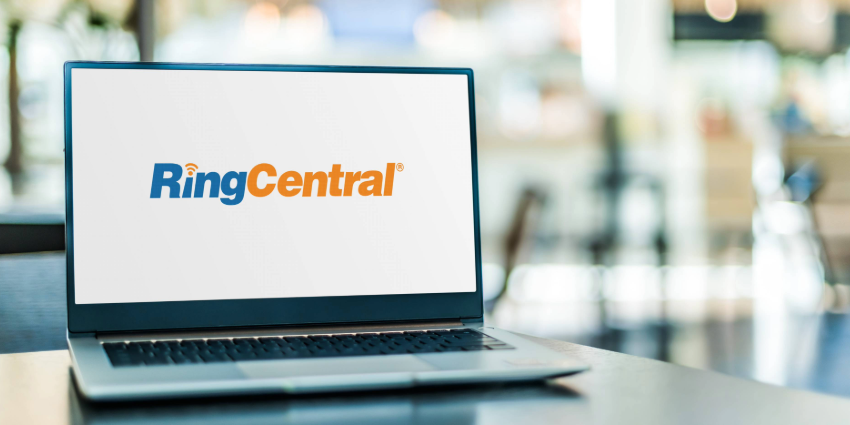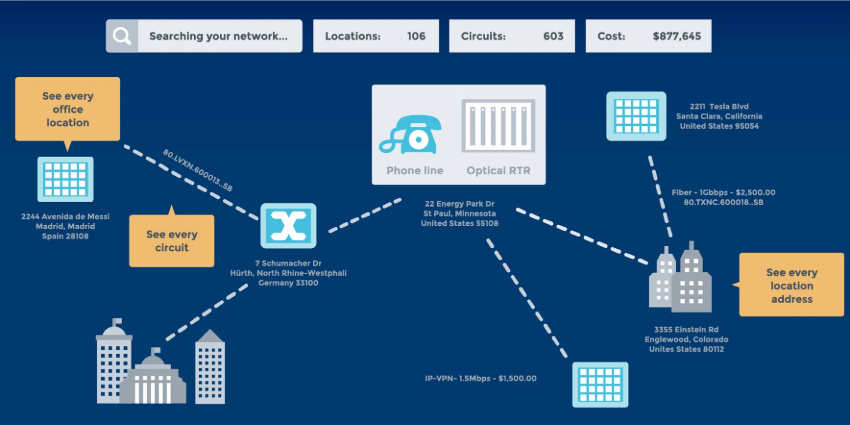If you are bored or frustrated by the slow slog of organically growing your small or medium sized business, then you might like to consider a mergers and acquisition strategy. Rather than worrying about sales teams and the changing nature of SEO and pay per click ads, with an acquisition, in a single afternoon you could double your turnover. You can do this too, without spending a penny.
Small businesses (making net profits of less than $2m) employ about half the people in the developed world. Yet they are often extremely challenged when it comes to raising finance, either being let down by banks or having to borrow at high rates of interest with personal guarantees for directors. Yet the world is awash with capital. There are around 500 asset managers working on behalf of global institutions (including the Church of England), family offices, sovereign wealth funds and so forth that manage $93 trillion. They invest in every asset class there is, even Bitcoin, but none invest in small businesses – despite small businesses representing 50% of the world’s economy.
Peel away the onion layers of what you might think is institutionalised crony capitalism, and you discover that most small businesses are, for global institutions, un-investable. They are too small; transaction costs of investing in them are too great. Being small, they are also risky, lack scale and so are often excluded from bidding for large juicy Fortune 500 and Public Sector contracts. They are also illiquid. Selling your shares may take months or years. For institutions, it is so much easier and cost effective to invest in the liquid S&P 500, where they can buy in the morning and sell in the afternoon.
So, if you happen to own a small business making net profits less than $2m and want raise capital for expansion – or you simply want to sell to retire – your options appear quite bleak. This is compounded by Baby Boomer entrepreneurs coming to retirement age, wanting to sell their businesses, increasing supply. There will always be business agents you can approach. Quite reasonably, they say they can attract multiple interested buyers, assuming your business is well prepared for being sold. But they can charge hefty fees and retainers with no guarantee of success.
So, in many cases, the best way to smash through the $2m net profit glass ceiling is not by organic growth, which can take years, but through merging with, or buying, other businesses. In one afternoon, you can double the size of your business by buying another.
Traditionally in small business M&A, in most business sectors, acquirers pay around 3 or 4x net profits for businesses making net profits under $2m. Above that level there are more buyers, so supply and demand means you get a higher valuation multiple. Acquirers tend to pay an initial payment – or “consideration” in M&A speak – of say around 20% of the valuation. The remainder is then paid over the next 1 – 3 years, sometimes more. That initial consideration could be financed by debt. But if the acquirer decides on invoice factoring, which uses outstanding invoices as collateral, that can put pressure on cash flow during the critical first 12 months.
Fearful of overpaying, many small business buyers by default are adversarial, offering less than a business seller expects to receive, regardless of the amount. But successful ones often have a more collaborative approach. When the seller says, “my business is worth $3m”, they ask on what basis. If it’s not a ridiculous number, they may well then reply “okay, let’s see how we can reach that figure”. Buyer and seller sit down on the same side of the table, share the same laptop, and work out the structure, agree it there and then, and draw up together an informal heads of terms agreement. That should include an arrangement to progress to due diligence without the seller touting the business to others.
There’s often a conflict: the seller wants as much money on deal completion as possible, whereas you, the buyer, want to pay over as much time as possible, from cash your newly acquired business generates. After all, whilst sellers always believe their business is growing and so is worth more, the reality is that all kinds of issues can occur – such as war, pandemic or customers going bust – that changes its prospects. Unlike a house, a business can vanish. (There are exceptions like in IT managed services and Unified Communications, where contracted recuring revenues can increase longevity.)
So ideally you pay the seller over 1-3 years on an “earn out”, whereby the agreed price is paid based on the business’s performance. Otherwise, you can use vendor finance – also known as deferred payments – whereby you pay set regular amounts for the business over 12 to 36 months, regardless of how it performs.
However, the seller having wanted all the consideration on completion, may insist by the end of the negotiation that at least part of it – say 25% – is paid immediately on deal completion, or the deal is off. The easy way to do this is through invoice finance (as mentioned), but that means taking a chunk of (perhaps badly needed) working capital and paying it to the seller, who then disappears to a yacht in the Caribbean. Moreover, lenders may demand a personal guarantee, which means that if anything goes wrong, the buyer could be ruined.
More successful small business buyers tend to square this circle creatively. For example, new suppliers can sometimes pay commissions for switching your new acquisition’s business to them. These can amount to many thousands of pounds. Add to those funds any unclaimed grants or R&D tax credits, and the amount can build. Sometimes businesses are bad at getting paid. Being more efficient at collecting money from debtors can help accumulate cash. You can approach suppliers to negotiate more credit – or swap it for shares. You can ruthlessly stop all non-essential payments. You can even use the cash in the bank account as part of the initial consideration, which in the UK is attractive to sellers because 10% of entrepreneur’s relief saves tax. So, you could well accumulate cash for an initial consideration for the seller without bank or institutional debt. If you are still short, you can ask if you can acquire a minority stake and through a specially devised shareholder agreement, you can still retain control. If that fails, but the chemistry is good and the seller values your expertise, you can negotiate a WIBO (work in buy out), when you effectively barter equity for your expertise at turning around or enhancing the business.
If you own a profitable and debt-free business that makes net profits of $1m – $10m and want to grow by acquisition, you could merge with other similar businesses and list on a public stock market, in a way that retains your independence. In one fell swoop, your independent businesses, under a single holding company, can become much more valuable. Entrepreneurs with net profits that are as
low as $1m are doing this cost-effectively now. As the seller of a business, you receive shares in a publicly-traded company that is likely to carry a higher valuation than yours, as it is bigger, less risky, profitable, without debt and whose shares are being bought and sold by the public – and potentially by some of those global institutions controlling that $93 trillion. This structure also allows you to be paid through an innovative new bond structure which means you, as the seller, can receive a much larger initial consideration at the outset than if you were selling to a trade buyer or to private equity. Future acquisitions are easier, as you can buy businesses with publicly traded shares. You can compete for larger contracts around the world, as you are now more like a $200m company, not a $5m one, and you are part of a “mastermind board” with all your fellow business owners whose joint interest is the success of all.
There is a catch. You need to be making net profits of at least $1m for this strategy to be cost-effective. However, if your business is only making, say, $500k net profits, then you can acquire another business with the same or more net profits, using the aforementioned strategies.







